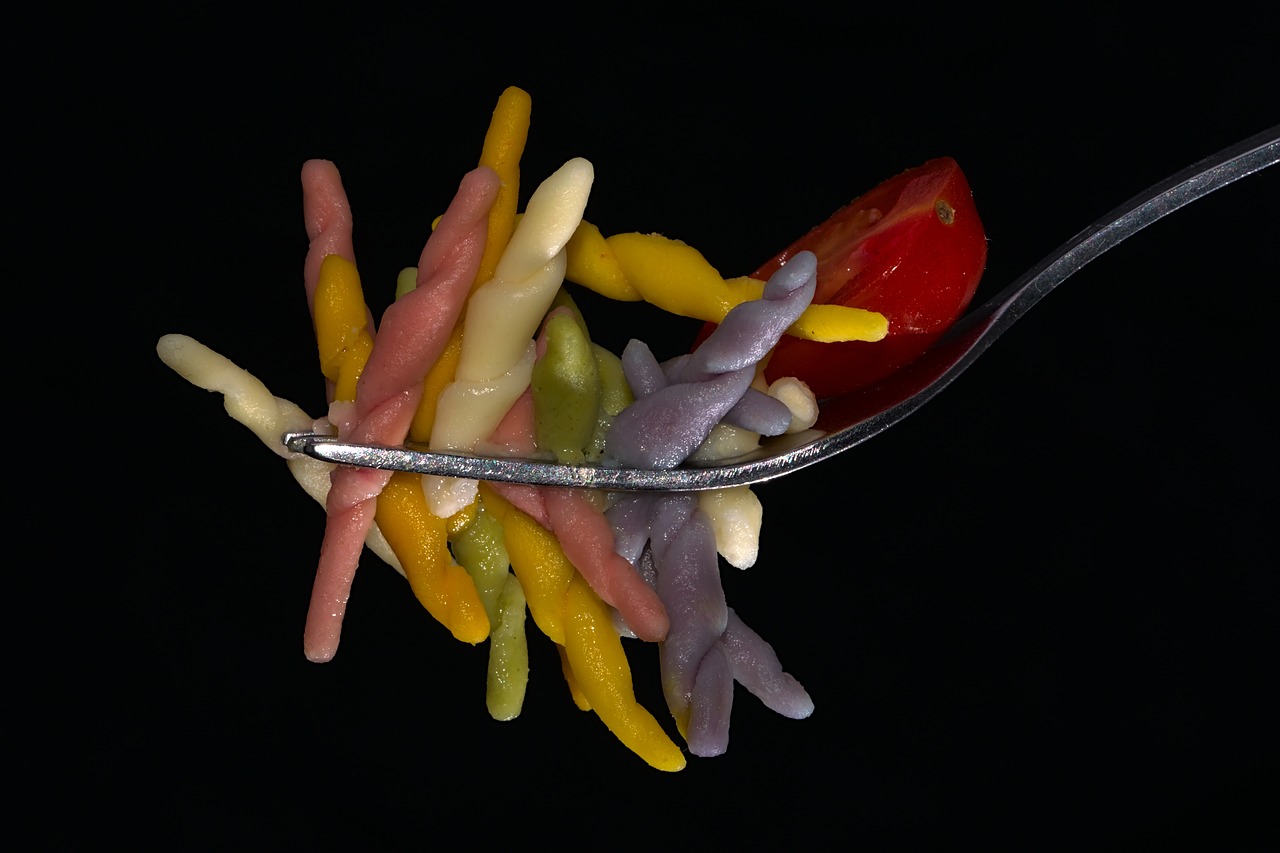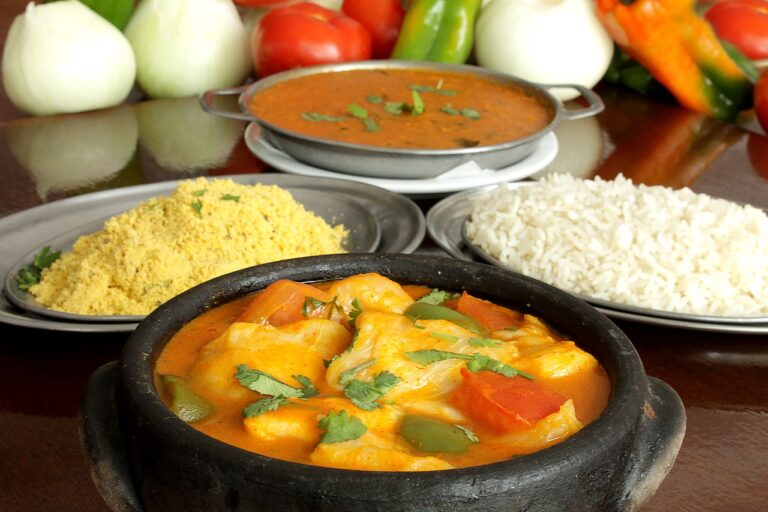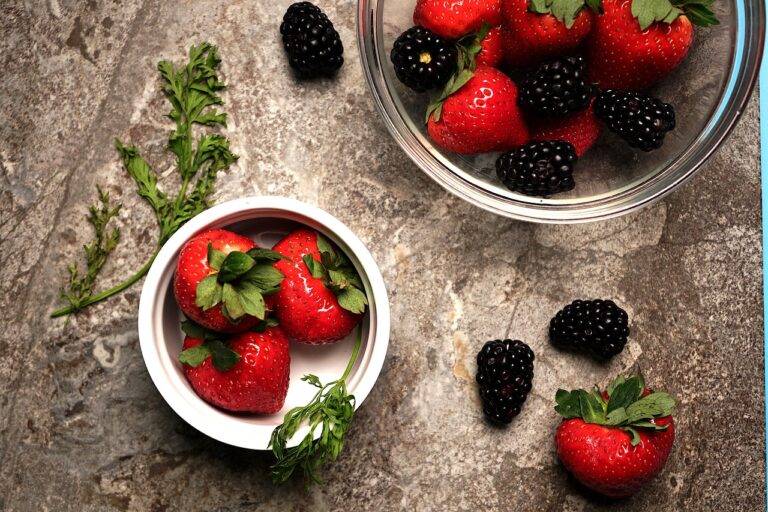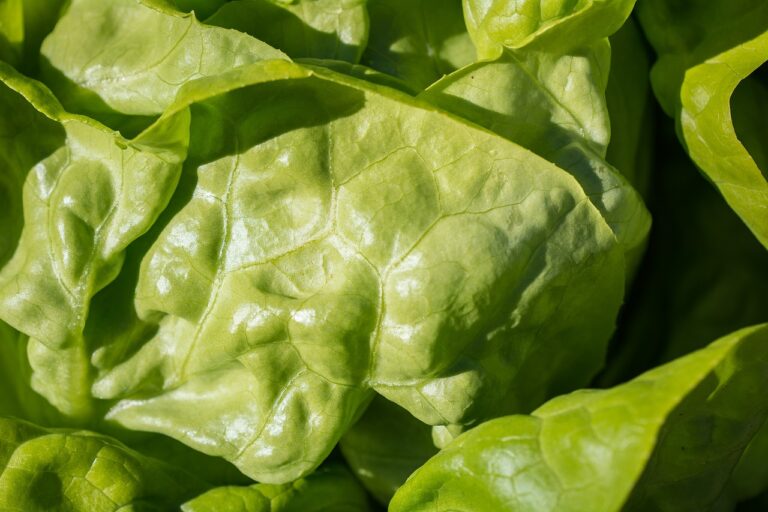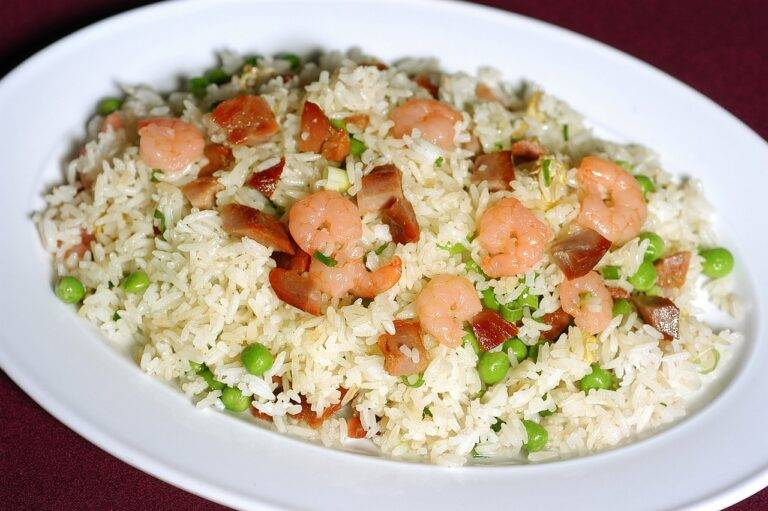The Art of Food Photography: Tips for Stunning Images
Food photography has become increasingly popular in recent years, thanks to the rise of social media platforms like Instagram, where users share captivating images of delicious dishes. Whether you’re a food blogger, a restaurant owner, or simply a passionate foodie looking to improve your photography skills, capturing stunning images of food can be a challenging yet rewarding endeavor. In this article, we will explore the art of food photography and provide you with valuable tips on how to create beautiful and mouth-watering images that will impress your audience.
1. Lighting is Key
One of the most important factors in creating stunning food images is lighting. Natural light is often the best option for food photography, as it provides a soft and even illumination that enhances the colors and textures of the food. If you’re shooting indoors, consider positioning your subject near a window where natural light can pour in. Avoid harsh overhead lighting or direct sunlight, as it can create unflattering shadows and highlights.
2. Use the Right Props and Backgrounds
The props and backgrounds you choose can greatly impact the overall look and feel of your food images. Select props that complement the dish you’re photographing, such as rustic plates, utensils, and linens for a cozy, homey feel. Experiment with different backgrounds, such as wooden boards, marble slabs, or textured fabrics, to add depth and visual interest to your photos.
3. Composition Matters
Composition is another crucial element in food photography. Consider the rule of thirds, leading lines, and negative space to create visually appealing and balanced images. Experiment with different angles, perspectives, and framing to highlight the key elements of the dish and create a sense of depth and dimension.
4. Focus on the Details
Pay attention to the small details when photographing food, such as the texture of the ingredients, the steam rising from a hot dish, or the garnishes and decorations on top. Use a shallow depth of field to isolate the main subject and create a sense of intimacy and focus.
5. Experiment with Different Styles
Don’t be afraid to think outside the box and experiment with different styles and techniques in your food photography. Try overhead shots, close-ups, action shots, or moody, dark images to create a unique and striking visual narrative. Play with colors, textures, and compositions to showcase the beauty and diversity of food.
6. Edit with Care
Post-processing is an essential step in food photography, as it allows you to enhance the colors, contrast, and overall look of your images. Use editing software like Adobe Lightroom or Photoshop to adjust the brightness, saturation, and sharpness of your photos, but be careful not to overdo it. Keep your edits subtle and natural to maintain the authenticity and appeal of the food.
FAQs
Q: What equipment do I need for food photography?
A: While professional cameras and lenses can certainly elevate your food photography game, you don’t necessarily need expensive equipment to get started. A smartphone with a good camera, natural lighting, and a few basic props are all you need to create stunning food images.
Q: How can I make my food photos more appetizing?
A: To make your food photos more appetizing, pay attention to the presentation, colors, and textures of the dish. Garnish with fresh herbs, drizzle sauces or oils, and use vibrant ingredients to add visual interest and appeal.
Q: How do I get that professional, polished look in my food photos?
A: To achieve a professional and polished look in your food photos, focus on lighting, composition, and editing. Use natural light, consider the rule of thirds, and edit your photos carefully to enhance the colors and details of the food.
Conclusion
Food photography is a creative and rewarding art form that requires patience, practice, and a keen eye for detail. By following the tips and techniques outlined in this article, you can improve your food photography skills and capture stunning images that will impress and inspire your audience. Remember to experiment, be creative, and have fun with your photography, and soon enough, you’ll be creating mouth-watering images that will leave viewers hungry for more.

